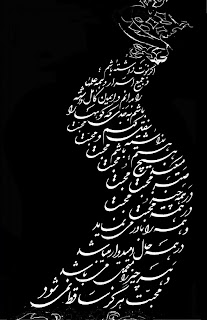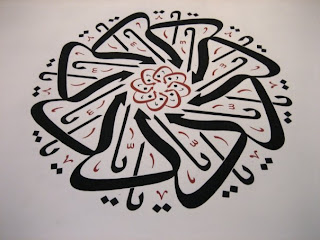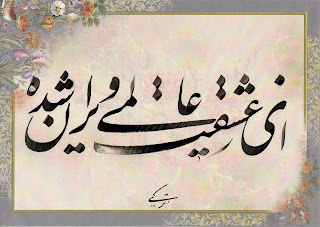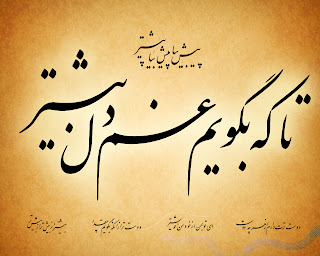After initiation of Islam in the 7 th century, Persians adapted the Arabic alphabet to Persian and developed the contemporary Persian alphabet. Arabic alphabet has 28 characters and Iranians added another four letters in it to arrive at existing 32 Persian letters. Around one thousand years ago, Ibn Muqlah and his brother created six genres of Iranian calligraphy, namely "Tahqiq", "Reyhan", "Sols", "Naskh", "Toqih" and "Reqah".

persian+calligraphy+on+paper+lacquer+stained+.JPG)





These genres were common for four centuries in Persia. In 7th century (Hijri calendar), Hassan Farsi Kateb" combined "Naskh" and "Reqah" styles and invented a new genre of Persian calligraphy, named "Ta'liq". Eventually in the 14th century, "Mir Ali Tabrizi" combined two major scripts of his time i.e. Naskh and Taliq and created the most attractive Persian Calligraphy style, "Nas’taliq". In past 500 years Iranian calligraphy called Nastaʿlīq Nastaʿlīq (also anglicized as Nastaleeq; in Persian: نستعلیق nastaʿlīq) is one of the main script styles used in writing the Perso-Arabic script, and traditionally the predominant style in Persian calligraphy.